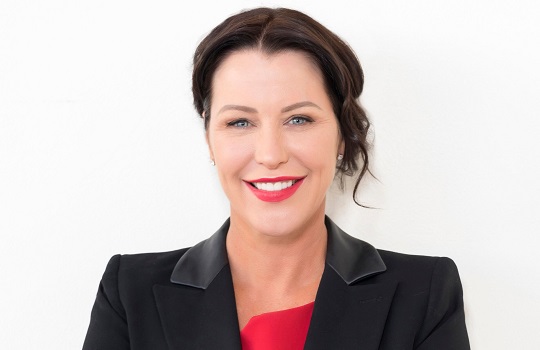
To create a successful digital modernisation roadmap, it is vital you know where you are going before you start your journey. A structured approach means your roadmap for digital modernisation will navigate any obstacles and ultimately exceed your business’s goals.
While you must create the space and the culture to innovate along the way, you and your business must also know the vision before you can determine your technology.
I specialise in transformations. I love modernising legacy and changing cultures. I love a burning platform – even better, I love it when there are multiple burning platforms.
As a CIO, you are a critical stakeholder in strategy development, but the ownership and vision must be owned by the business. If you don’t have buy-in and a collective understanding of the digital vision that’s to be achieved, it will fail. Your vision should describe the desired future position of the company and not a technical outcome.
Once you have your vision, you can start talking strategy. Customer centricity and customer insights play a huge role here. The key is to research your customers from multiple sources. Be aware of stakeholders who don’t need customer research because they believe they already know customers’ problems. Avoid talking about “being more efficient for our customers” when, really, the exec team just want cost out. And ensure your customer problems are cross-business problems.
Once you have a well-supported vision and a themed strategy, you can start your roadmap and can determine what technology you are going to use.
For me, the challenges fall across three categories:
- People & culture
We really are in a war for digital talent.
Think about the technology delivery culture you are going to create and start planning how you can re-train or cross skill your existing team. Build cybersecurity skills into your development and support teams. Look to revise formal organisational structures to encourage collaboration between business functions and technology and do a talent stocktake.
- Agile and product management frameworks and governance
The basics are so important, and yet they are so often forgotten or we don’t include the C-suite.
Keep a pragmatic risk and issues register. Don’t make it detailed and boring, and don’t let risk and compliance be the only owner.
What is your definition of ‘done’? What does success look like? Have you done your agile priority/success sliders – it’s such a basic item that often gets missed, but you need your exec team to do it. It drives some great discussions and uncovers misunderstandings.
- Communication & stakeholder engagement
Your CEOs and EGMs are busy running their business, and you should expect them to forget some of the commitments that they made. Developing your roadmap means always communicating and reminding people about the vision, the problems solved and progress towards a new way of operating.
At the heart of all of our modernisations should be the problems that we’re solving for the customer, rather than being focused on what problems we need to solve as organisations. The good news is that, once you have that mindset, it’s not that hard to challenge your thinking and come up with some innovative ideas.
Being customer-centric shouldn’t be hard for those of us in insurance – it is part of our DNA. Knowing how to help our customers when they are vulnerable or broken is a key part of our value proposition and, like a shared platform, we should ensure that it spreads across all business silos.
Because customer experience is key to our businesses, the human factor will continue to remain vital as part of the face-to-face interaction. Combining human-centred design, a good intent and technology is crucial for the best customer experience.
We already know how to use data. We already know how to protect and care for our customers. Move away from being sales-driven and instead move towards solving customer problems – it will open new opportunities for growth and revenue where everyone benefits.
Six takeaways:
- Know your vision and strategy before you choose technology or build a roadmap.
- Know what talent you need and where you will get it from.
- Agile delivery and product management need to run from your exec down to project teams.
- Make sure your roadmaps include ‘Technology for Good’, so that you create good corporate culture and attract great talent.
- Use your data skills to know customer journeys, undertake the research on their problems in all aspects, not just how it relates to their buy path.
- Institutions that force breakdown in their business silos will get much better adoption and technology that will allow them to fundamentality change their business. ◼
Nicki Doble serves as Group Chief Information Officer at global travel insurer Cover-More. She is recognised globally for delivering strategic IT and digital transformational projects that drive sustainable performance gains with multi-year business benefits.
Doble was a featured keynote speaker at FST’s Future of Insurance, Sydney 2021 conference last month.
